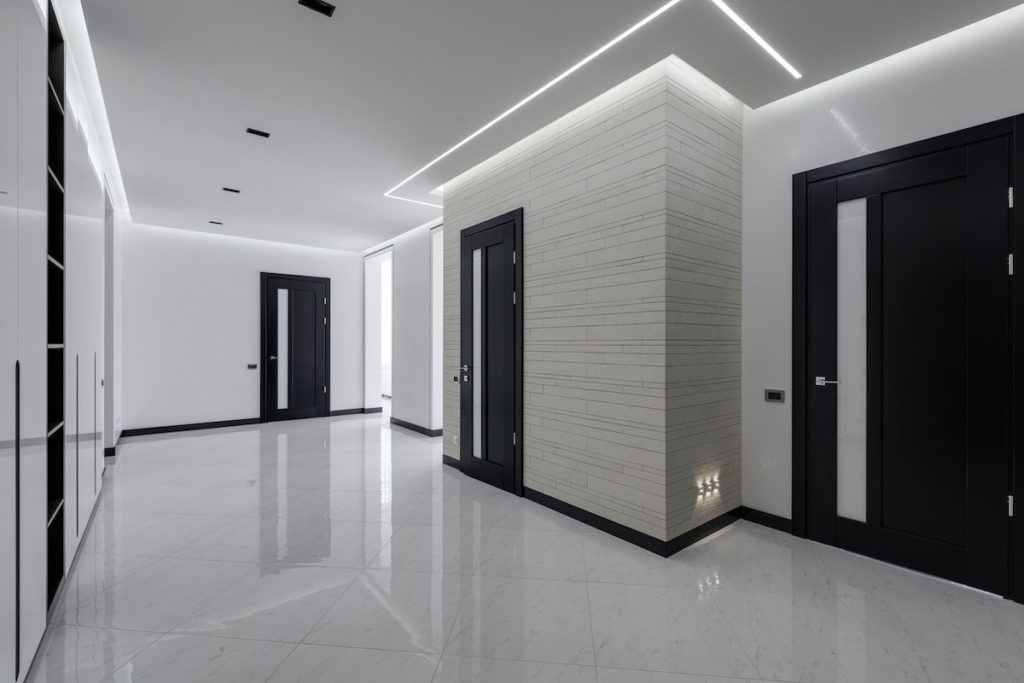Every commercial building including the conference venues you see in Melbourne needs functional toilets and urinals for occupants. When the toilets inside the facility are dirty, the hygiene of workers, visitors, and other users will be affected. According to plumbing engineers, more supplies are essential for multiple toilets and urinal fixtures in commercial buildings. Unlike residential buildings, washrooms in commercial structures like restaurants, bars, and shopping malls are often used. Let’s analyse some factors to consider when designing toilets for commercial buildings.
What are the Numbers?
Generally, the minimum number of toilets for commercial buildings varies according to regulations. In the UK, facility managers need to ensure at least five toilets and washbasins (each) for between 76 to 100 women. So, a workplace in any commercial building with six women should have a minimum of two toilets. Don’t forget that it’s the maximum number of people that determine the number of high-efficiency toilets, and washbasins. Health, environment, and safety practice recommends the provision of enough toilets to prevent queuing.
Here in Australia, we have a separate toilet per twenty males and one for every ten unisex employees. By having separate facilities for women and men, staff and customers can use the facility’s water efficiently. In male toilets, ideally, there should be functional sanitary appliances and privacy screens between urinals. However, let’s share some feature of common washroom fixtures you will find in commercial properties such as the Docklands stadium in Melbourne.
Urinals
Regulators require workplace in commercial buildings to have adequate ventilation in toilets with urinals. This sanitary regulation ensures that washing facilities are well-lit, clean, and fresh. Flushometer and non-water urinals are ideal for commercial properties. Usually, urinals don’t share the same space with toilets in enclosures with lockable doors. While sports and entertainment venues require at least two urinals for fifty males, the non-water urinal can conserve water consumption.
This sanitary fixture comes with a cartridge that users empty into the drain line. Some female urinals in commercial facilities have this cartridge design. However, flushometer urinals require water pressure to send waste through drain lines. Also, the flushometer urinal has a user-friendly knob and connection of flush valves.
Toilets
There are assembly buildings places with a minimum number of toilets for users. Public libraries and museums don’t often have a large concentration of people queuing up. Facility managers plan two male toilets for every 40 persons in assembly buildings. The gravity-style toilet store water in its tank bowl, and flushes solid human wastes. Usually, tank toilets are common, and their levers are connected to flapper valve attachments.
Another model of tanked-toilet is the pressure-assisted type. It has a chamber for pressurized air inside the tank. With this component, water flows at high velocity to flush solid wastes. This sanitary appliance ensures that commercial washing facilities are easy to clean. It also reduces the chances of a blocked toilet.
Minimum Toilet for Learning Institutions
In school buildings, washrooms should have provisions for separate changing rooms. It boosts the functionality of sanitary facilities for outdoor and indoor water sports. While designing the layout, regulators direct 1 toilet for 20 male pupils, a urinal each applies to the same number. However, school washrooms with over five toilets need changing rooms for sanitary conveniences.
The plumbing codes of ethics for commercial properties include the provision of separate washrooms and restrooms for men and women. Regardless of the minimum numbers for respective buildings, doors and washbasins should be provided for facilities that serve men and women. However, high-efficiency urinals and toilets should be easy to access. Well ventilated washrooms that are close to workspaces can improve the circulation of air. So, ensuring the air quality is great will enhance the commercial property’s value.
Toilets in Offices
In accordance with SafeWork Australia, a workplace should provide one separate toilet per 20 men and one for every 15 females. A unisex bathroom is suitable for workplaces with 10 or fewer workers. In terms of layout, toilets should have proper lighting and ventilation, be placed to ensure privacy with airlock and soundproof features, and permit emergency access. They should also be signposted and have hinged doors that lock from the interior. There ought to be sufficient amounts of toilet paper, soap in addition to crap and sanitary bins.
What makes a good office toilet?
While the above description is sufficient to meet legal requirements, what sort of bathroom facilities are coveted by workers? If you don’t have the bandwidth or space to add an extra bathroom or two, consider an upgrade. A study found that employees desire more fittings that do not require skin contacts such as automatic flushes, taps, air fresheners and hand dryers. Other things to consider are the existence of full-size mirrors, shelving and coat hooks, whether the hand towel dispensers are stocked regularly, and a regular blocked drain specialist to be called upon any drainage problems.





